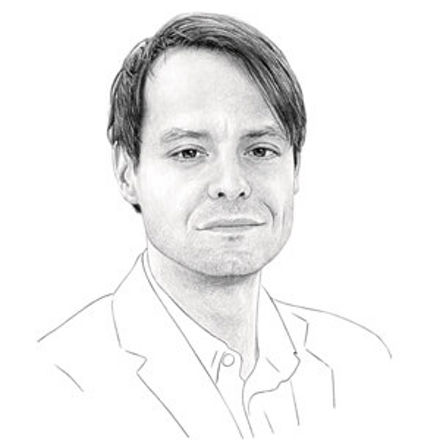Plastics are certainly one of humankind’s greatest inventions. Thanks to their diverse properties, they have made social and technological progress possible. Without plastics we would have to do without many of the conveniences we enjoy today, ranging from brake hoses in our cars to vinyl records, cling film, and pantyhose.
However, because plastics are so inexpensive to produce they have also changed our consumption patterns. A mindset that sociologists call a “throwaway mentality” has developed in many societies. One example of this mindset is “fast fashion.” Some global fashion chains offer 24 different collections every year. As a result, we own more and more clothes that we hardly ever wear because they are going out of style so fast. Another major area of application for plastics is packaging—for example, for the hygienic sale of food and medications as well as the transportation of large package units.
But the massive use of plastics also causes problems. If a plastic item is no longer needed, it lands in the garbage bin. Plastics take a long time to deteriorate. If they are not reused or burned as fuel, they end up as growing mountains of plastic waste on land or islands floating in the world’s oceans.
USING RECYCLED PLASTIC AS A BASIS FOR NEW PRODUCTS
Today there are signs that we’ve started to reverse this trend. More and more companies are realizing that plastic waste is a sustainable resource. For example, the sports equipment producer Adidas has announced that starting in 2024 it will only use recycled plastics as the raw material for its products. The clothing manufacturer Sympatex promises even more: It aims to close its material cycle by 2020. In other words, it will then be possible to endlessly recycle all of its products. The Italian textile fiber producer Aquafil has introduced a new product called Econyl, which can be recycled any number of times.
New technological developments are supporting the recycling of plastics. For example, the Dutch initiative Recycled Island Foundation is using recycled plastics to construct platforms from floating elements with the aim of creating a floating park in Rotterdam. Consumers are increasingly regarding recycled products as hip. And companies such as the startup Share, a bottler of mineral water, have realized that the trend has changed direction. Share is the first mineral-water bottler in Germany to offer only bottles that are entirely made of recycled plastic.
These examples are signs that our society is rethinking its attitude toward plastic. A new vision for the plastic industry is evolving. It calls for a closed, waste-free plastic cycle in which the materials that are used can be endlessly reused. This idea harbors tremendous potential, because used plastics are a resource that is available in enormous quantities and is continuously growing.
THE GOAL IS A WASTE-FREE PLASTIC CYCLE
However, a great deal of work is needed in order to realize this potential. For example, the waste management industry and plastics manufacturers need to learn from one another. The recyclers often don’t realize what standards industries set for possible recycled materials, and the plastics manufacturers don’t understand the problems that recycling involves. For one thing, it’s difficult to sort the different kinds of plastics out of piles of waste. As a result, the recycled materials that are available today are of lower quality than their pure original versions. For example, if the widely used plastics polyethylene (PE) and polypropylene (PP) are mixed together, the original materials lose their durability.
All of these factors have been reason enough for the Foresight team of the strategic innovation unit Creavis to devote itself to the future of plastic recycling. The researchers in the team are taking several different approaches. For example, they are “marrying” PE and PP by means of a block copolymer to ensure that the desired properties of these materials are not lost. After all, it would be a shame to go on throwing away masses of something as versatile and useful as plastic.


